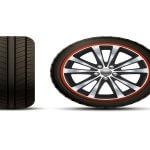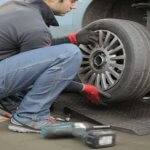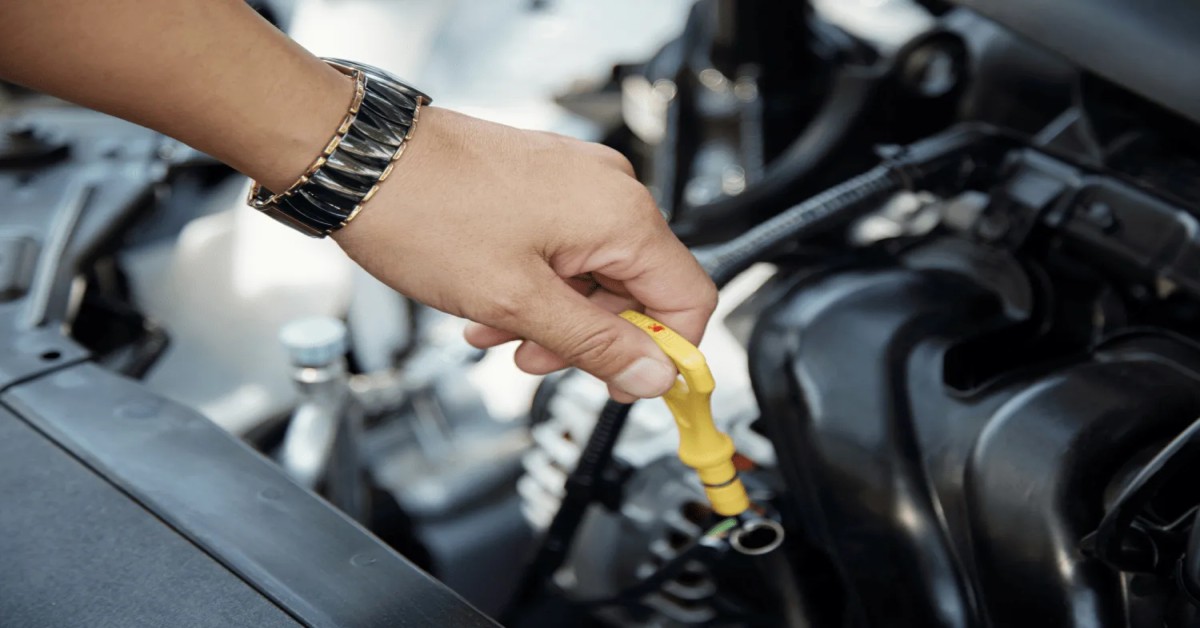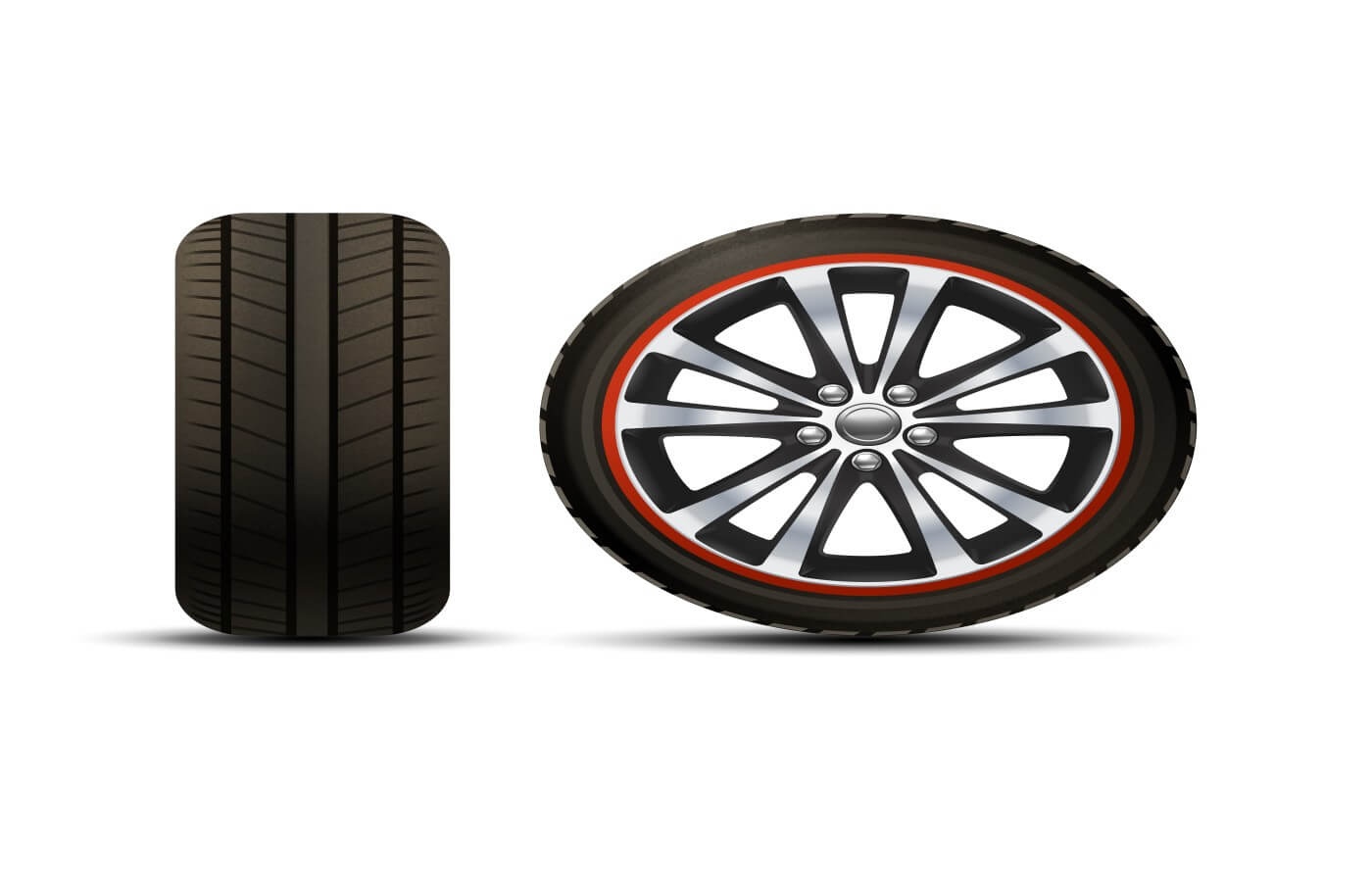Oftentimes, when you pull out the dipstick, the oil can appear to be a bit worn, chalky, and maybe even mildly dark despite being relatively new.
The physical alterations in the engine oil do not entirely represent its condition and in most cases are a normal occurrence.
But it can be a cause of concern if you find the oil mixed with dirt and grit. Such rapid contamination usually indicates a deeper problem in the engine and can impact the performance of the vehicle.
Typically your motor oil should last around 7000 miles before you need to replace it.
In an extremely hot and oxygen-rich environment where the combustion engine constantly produces various gases and particulate matter, the engine oil undergoes a lot of changes.
From changes in the color and texture to the lubrication effect and viscosity, all take a hit. Among all these things, there can be a few issues that can cause accelerated wear on the engine oil.
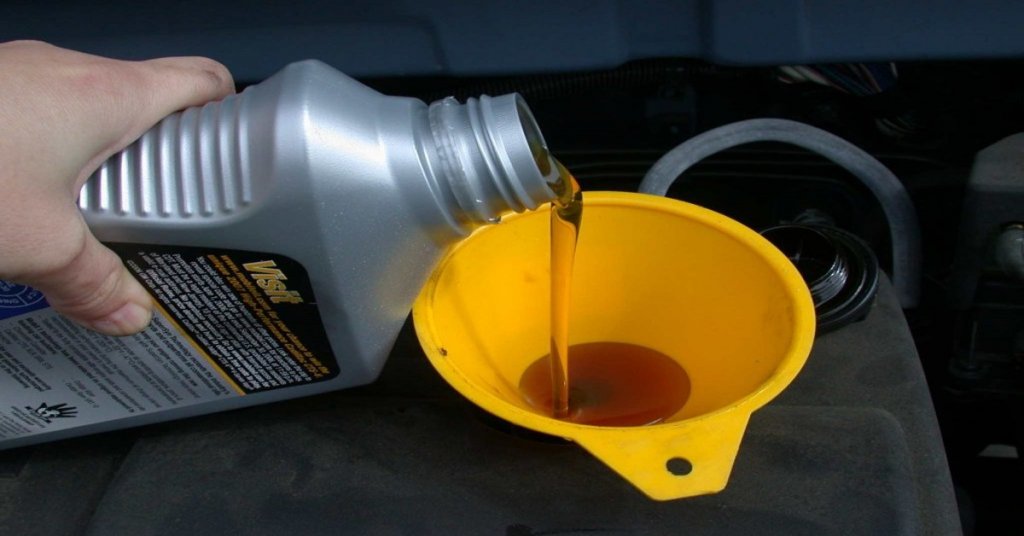
Table of Contents
Reasons Why Your Engine Oil Gets Dirty Fast
The engine oil is not merely the oil but a mix of friction lubricators, viscosity supporting agents, and corrosion inhibitors, all aspects serving a vital function in moving the engine seamlessly.
Typically a freshly poured engine oil has an amber hue with a translucent glow. But as the fluid ages and contacts heated components and friction, it begins to undergo changes both on physical and thermal levels.
The combustion process causes the fluid to lose its richness and vigor, turning the hues into dark shades while also impacting its viscosity, lubrication properties, and rust-inhibiting capacities.
Though this process generally takes about 3-6 months which is why it is recommended to change engine oil periodically.
Overheating Engine
Heat is one of the main factors contributing to the breakdown of engine oil. An engine running in normal conditions reaches temperatures anywhere from 200-230 degrees.
However, for an engine that is overheating these temperatures can spike up to much higher levels. Heat impedes the airflow to the engine compartment and directly attacks the viscosity of the engine oil by penetrating the bigger molecules and breaking them.
For a lubricant, viscosity acts as protection against wear and shields the oil from a host of stressors including heat. In high temperatures, the engine oil begins to lose its viscosity much faster,
as the fluid breakdowns occur on a thermal level. This compromised protection makes the motor oil susceptible to all sorts of contaminants and, thus, starts to get dirty fast.
If you notice your vehicle putting out more heat than usual, it could be due to a myriad of reasons. Heating issues should always be tended to immediately.
When the oil contamination is due to excessive heat it not only depletes the engine oil at a faster rate but also causes oil to darken and accumulate dirt.
An overheating engine has far-reaching implications that go beyond just faster engine oil wear. Having your car checked for the root cause by an experienced mechanic is recommended as any issue with the engine should not be ignored.
Increased Oxidation
Oxidation is a natural process that increases with time and causes the chemical breakdown of engine oil to take place.
It is the interplay between heat and the molecules of engine oil in the presence of oxygen that eventually results in the reduced lubrication effect of the fluid. The rate of this process however is heightened under certain circumstances.
Extreme temperatures, water, and catalysts such as copper if present in the engine speed up oxidation and increase the viscosity of the fluid. On the further breakdown of the thicker engine oil,
its residuals combine with dirt, carbon, and other contaminants to form sludge. Sludge can block the supply of lubricant to certain vital components and can cause irreparable harm to the engine. Engine damage due to sludge is also known as the “black death”.
If you are experiencing poor performance in conjunction with faster wear of your engine oil, checking for sludge buildup is crucial.
The spread of sludge can be first noticed inside the engine oil. To inspect, remove the oil pan and take a look inside for any sludge bits in the oil. A very alarming sign of sludge buildup is dark splatters outside the engine compartment.
At this point, it is very likely that the nasty gelatinous substance has reached the heart of your vehicle. In such situations, it is highly recommended to immediately have your car taken to a mechanic who will perform a thorough engine flush.
Clogged Oil filter
The engine oil goes through the oil filter to rid the particulates that it has collected from circulating the engine, ensuring proper lubrication and cooling of the engine components on each cycle.
The oil filter is designed to protect the engine by expunging those foreign particulates, however, over time, its efficiency in doing so diminishes, causing accumulation of dirt, contaminants, and various other grimy substances which is why it is recommended to change the filter with every oil change.
An oil filter that has become saturated with grime not only dirty the lubricant but also holds the fluid in its way, preventing it from reaching the moving parts. This often causes engine sputters and can potentially damage the engine if the oil filter is not replaced immediately.
One of the easiest ways to check for a clogged oil filter is to take a look at the filter itself.
Though the location of the oil filter can be different depending on the car, it is usually accessible from the bottom of the vehicle where it is protected by the undertray.
The best way to access your oil filter is by using the owner’s manual. A clogged oil filter will be greasy and have dust all over it. However, in case you also notice sludge on the filter it can be a warning for a more insidious problem within the engine.
Bad Positive Crankcase Ventilation
The positive crankcase ventilation system is an important factor in preventing the blow-by of gases. It re-circulates combustion gases before they make their way down to the crankcase.
It is a simple mechanism but performs one of the most important tasks in the completion of a combustion reaction.
If the positive crankcase valve is damaged and cannot control the blow-by of gases, it may cause the combustion gases to seep into the sump where your engine oil is contained.
Mixing with engine oil post-ignition residuals and combustion gases can onset rapid wear and contamination where you may find motor oil not performing up to par.
Extended Engine Wear
Most engines, before reaching their ideal operational temperature, undergo wear for the first few minutes. Naturally, this occurs because the engine oil does not start lubricating the moving parts immediately. It is settled at the bottom when the car has just been turned over.
So, revving up the engine, especially in cold temperatures increases the duration of engine wear and produces ground-up bits from the engine.
These tiny particles are fine pieces of metal that the engine oil then picks up while circulating the compartment and can increase the rate at which the engine oil would normally get dirty.
However, you can decrease the duration of wear on the engine and even optimize its performance by using a winter-grade motor oil such as that of 5w30. A 5W30 engine oil has a better cold flowability making it suitable for use in cold weather.
Excessive Dirt
Apart from being an essential lubricant that works to reduce friction among moving parts, engine oil also serves as a cleansing agent for the components in your engine. As the engine oil circulates in the compartment, it collects very fine particles, scraps, and contaminants, some even smaller than three microns.
These are regularly expunged by the oil, circling through the oil filter. But as the system is not fully closed off, the amount of dirt entering can vary and the atmospheric contaminants can be much easier to seep in when the vehicle is exposed to excessive dirt which can be in conditions of offroading or bad weather.
Such an increase in abrasives will cause extreme wear and tear on the bearing surfaces and also create greater stress for the engine oil as it would have to work twice as hard to clean the system. Further, if dirt enters the engine, it can interrupt the pistons and get between the cylinder walls causing combustion gas to leak.
It is recommended to do an oil check using a dipstick at least once a month. Doing so helps you avoid driving with dirty engine oil and can be a more accurate measure than relying on a predefined period.
Fuel Dilution
Also known as crankcase dilution, it is among the top reasons why your engine is unable to use the engine oil efficiently and leaves you puzzled about the cause of such fast wear. Crankcase dilution occurs when fuel leaks in the engine oil as it passes through the crankcase.
The mixing of fuel with engine oil causes a thinning effect on the viscosity of the lubricant as the fuel has a much lower consistency.
It can also force the fuel mixture to adapt to the now-changed viscosity resulting in suboptimal performance.
A fuel leak can happen mainly due to three reasons- poor maintenance, engine modifications, and wet stacking.
Oil tests, engine checkups, and generally good car maintenance are some of the ways to avoid a fuel leak. If you notice your engine oil thinning and find yourself with poor engine performance having your car inspected for fuel leak can be a good idea.
Water Contamination
Even though water may not be responsible for dirtying the engine oil, it does, however, contaminate the fluid and significantly reduce its effectiveness, shortening its service span while also potentially harming the engine in the process
. Engine oil by nature is not hygroscopic meaning it does actively attract moisture from the atmosphere but generally, some amount of moisture does find its way to the lubricant from the condensation occurring on the engine’s internal metal parts.
However, this small amount does not often mix with the oil as the heat from the engine evaporates any dripping water. For condensation alone to result in oil contamination the engine needs to be not producing heat, sufficient enough to boil off the liquid or be in disuse.
Other areas from where water may enter the system include broken gaskets, cracked cylinder walls/crankcases, or flooded roads.
Engine oil that is contaminated by water usually has a chocolaty color and is very thin in its consistency. If there is no broken cylinder wall or any other chips inside, for water to seep into, condensation can be the only cause for the introduction of water.
You can prevent oil contamination by water by avoiding shorter trips and not letting your car fall in disuse.
Coolant Leak
Another contaminant that doesn’t directly dirty the engine oil but severely affects its molecular structure is antifreeze. It destroys the lubrication properties of the oil by increasing its viscosity which hinders its smooth movement along with the engine components.
With coolant in the system, you can expect to have a host of problems with your engine as the lubricant becomes completely ineffective. However, diagnosing a coolant leak is not very difficult.
Coolant usually enters the system in case of a broken head gasket or a cracked cylinder wall. To check and confirm a coolant leak you can simply do a dipstick test.
Most cars have the dipstick on the left side of the engine, just pull out the stick and check the color of the engine oil. A coolant-contaminated oil usually has a milky feel to it and a color that is whitish, though the oil can also look like mayonnaise if the leaf is severe and thick.
Why You Should Use Engine Oil Additives
Using top-grade engine oil additives can prevent wear and tear of the fluid to a much greater extent and can help you obtain a longer service life from your engine oil. These adjuncts complement the engine oil in various ways.
Improves lubrication
First, they help in improving its lubrication properties which along with quicker movement allows the lubricant to rid dirt much more easily.
Heat dissipation
Additives can even have the ability to reduce heat wear on the oil as they can reduce the foam in the fluid, which in turn lowers the friction while traveling the engine.
Viscosity protection
They also help in maintaining the much-needed viscosity by slowing the thermal breakdown and delivering better performance regardless of the weather in which you are driving.
Conclusion
How long your engine oil will last almost always comes down to timely service and a little prudence on your part. Doing a simple oil analysis can go a long way in telling you what’s going on inside the engine.
However, you shouldn’t limit your analysis to just that. If you wish to do a detailed inspection of your vehicle, bring it to us.



